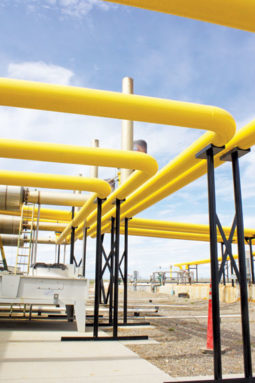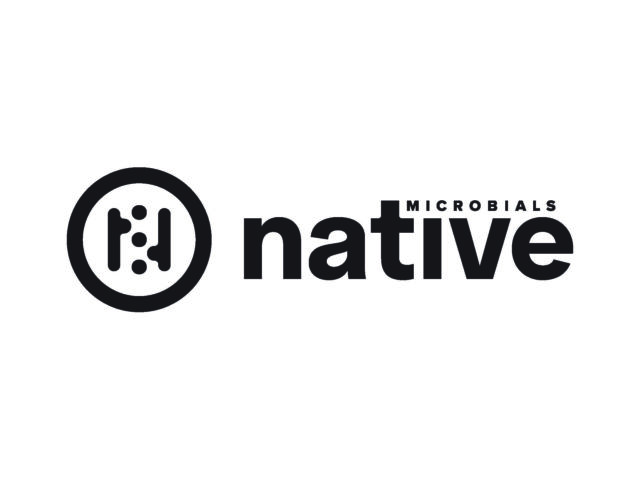It has been said that anaerobic digesters are the future for dairy farms and vice versa. At the same time there are a few issues to overcome to make this future a reality. Hurdles such as investment costs, environmental regulations, interconnect problems and power company negotiations have squashed a fair amount of potential digester projects across the country.
A new model has been proposed to address these issues and advance the digester industry. Third parties are brought in to own and operate the digesters located on large dairies in the U.S.
One such third party is the AgPower Group based in Broomfield, Colorado. According to Bob Joblin with AgPower, this group came together in 2007 with a mission to prove third-party build-on operations would work for the dairy industry.
In a collaboration that formed DF-AP, LLC , of Gooding, Idaho, Dean Foods Company and AgPower launched one of the first third-party-owned and third-party-operated dairy digester projects in the nation, located at Big Sky West Dairy . ( Click here to read more about this digester positioned on a 4,700-cow farm.)
From the very first year in operation, the project has been financially self-sustaining and has paid a return to its investors, while lowering operational costs for the dairy, improving manure management and reducing greenhouse gas emissions.
The digester produces enough energy to power approximately 900 homes and produces 34,000 cubic yards of ammonia-free fiber that is sold at retail as a landscape fertilizer.
AgPower has also partnered with Camco International Group , a publicly traded global company founded in 1989 that specializes in greenhouse-gas emissions reduction and clean energy projects, on another Idaho project. This digester sits at the 15,000-cow Double A Dairy in Jerome.
Furthermore, AgPower is developing projects in California and New Mexico.“These are huge financial projects,” Joblin says. Therefore, AgPower partnered with additional companies to bring these projects to life. Each company had its own reason to participate in the multi-million dollar projects.
Dean Foods came on board to prove the structure works for the supply chain of dairy products, Joblin notes, and Camco understands the sustainability of anaerobic digesters.
AgPower uses proven technologies as well as its own financial resources to build, own and operate these anaerobic digesters. This business model takes the financial burden off of farmers, allowing the host farm to enjoy all the benefits of manure digestion and renewable power generation with none of the capital or operational risks.
“We can run these projects well. We understand the interconnect process, the technology available and the power company partnership,” Joblin says. “Some dairymen have the time and money to sift through this; others don’t. It’s just an allocation of resources.”
For the farm, the system provides improved manure handling and decreased solids in the effluent entering settling lagoons – reducing odor and pest management issues.
“Dairies see an immediate increase with bottom-line savings through their manure management program,” Joblin says. “That’s a significant number.”
Some of the fiber is also returned to the farm to use as bedding. In some systems, this is a more sterile product than the previous bedding source, resulting in a healthier, more productive herd.
The final benefit a dairy sees is that it is not asked to provide any money for the project.
The third party benefits from revenue opportunities through the sale of renewable electricity or bio-methane, greenhouse gas emission credits, renewable energy certificates (RECs) and agricultural products.
“We think that there is a fair return,” Joblin says. “This is not a get-rich-quick industry, but we think it is a stable industry.”
In addition, Joblin says he and his partners are investing in digesters because the environmental aspects and sustainability of digesters will keep the projects successful as long as there are dairies to put them on.
To enhance the success of these projects, AgPower is also working on a project to better define the upside potential of post-digestion materials.
When searching for a new project, AgPower finds opportunity in places where there are a lot of large dairies and the economics work out. It then establishes four main principles to each project.
1. A mutual understanding of how the dairy operates on the front end. “Our goal is not to change that at all,” Joblin says, adding “With the exception of water used in a flush system – we like to limit that amount.”
2. How the system can be integrated and placed without changing the dairy.
3. The contract. “If you have the first two items established, everything else falls into place on the contract,” Joblin says.
4. An understanding that the dairy is not going to get rich off of the project.
Interested dairymen can find third-party investors by going to the EPA or using resources with Dairy Management Inc. (DMI) and the Innovation Center for U.S. Dairy .
Joblin encourages producers to do some of their own research first and not fall for every salesman. A dairy producer needs to understand enough to successfully negotiate with the third party.
He also stresses that a short-term deal does not work. “We have to be there long enough to make a profit and give a return to the investors,” Joblin says.
Producers should be willing to look out 20 to 30 years on these contracts. In doing so, they should also get to know the third party they will be working with, because you’ll want to be together for a long time.
According to Joblin, third-party investors are a viable option for the future of the dairy and digester industries as long as all parties realize they need to be in it for the long haul and financial returns are seen over time. PD










